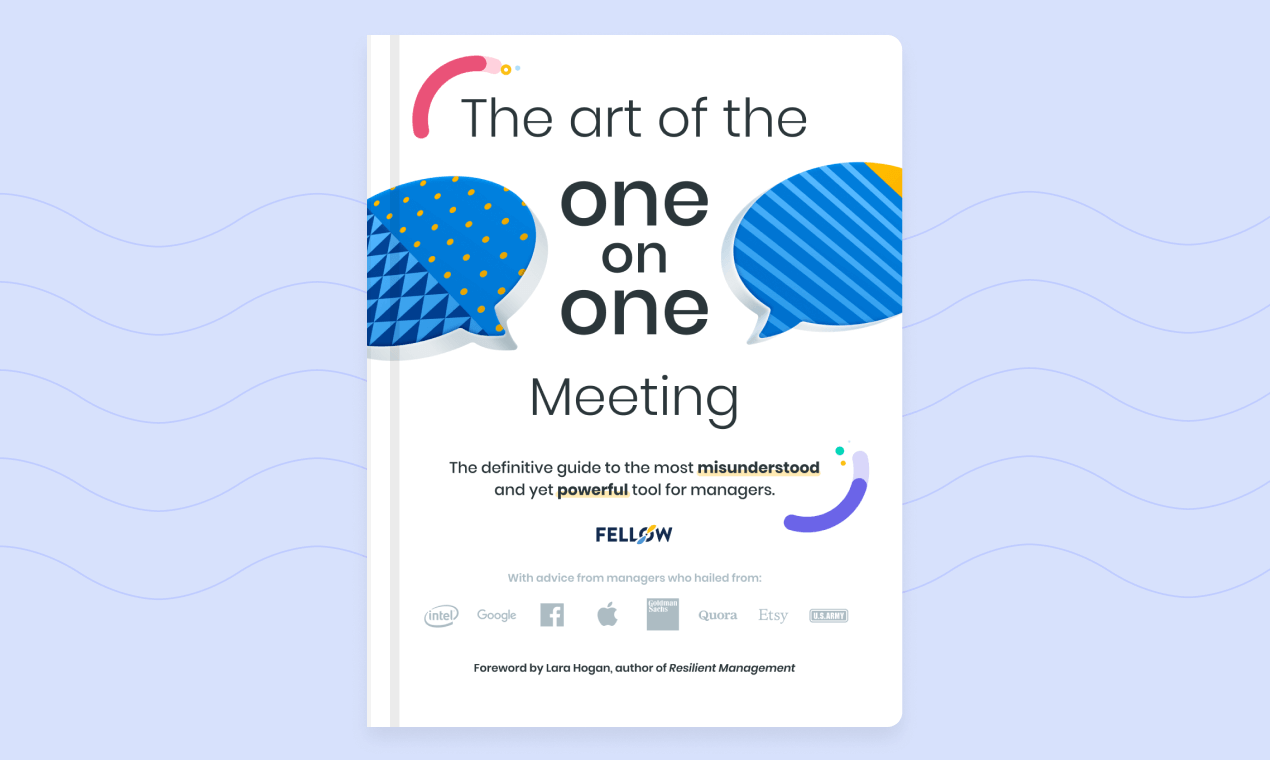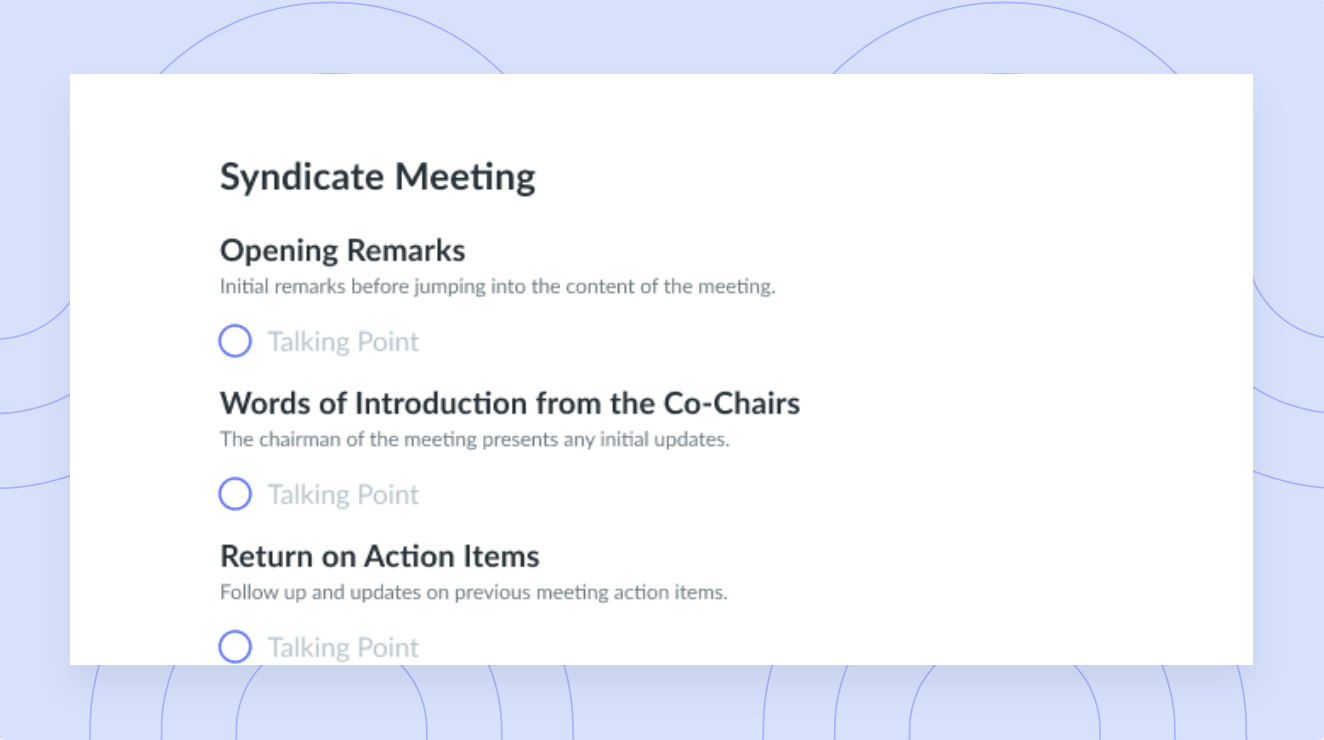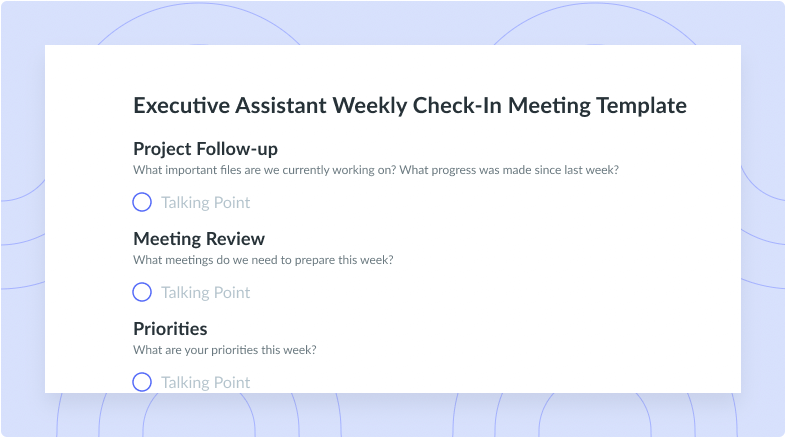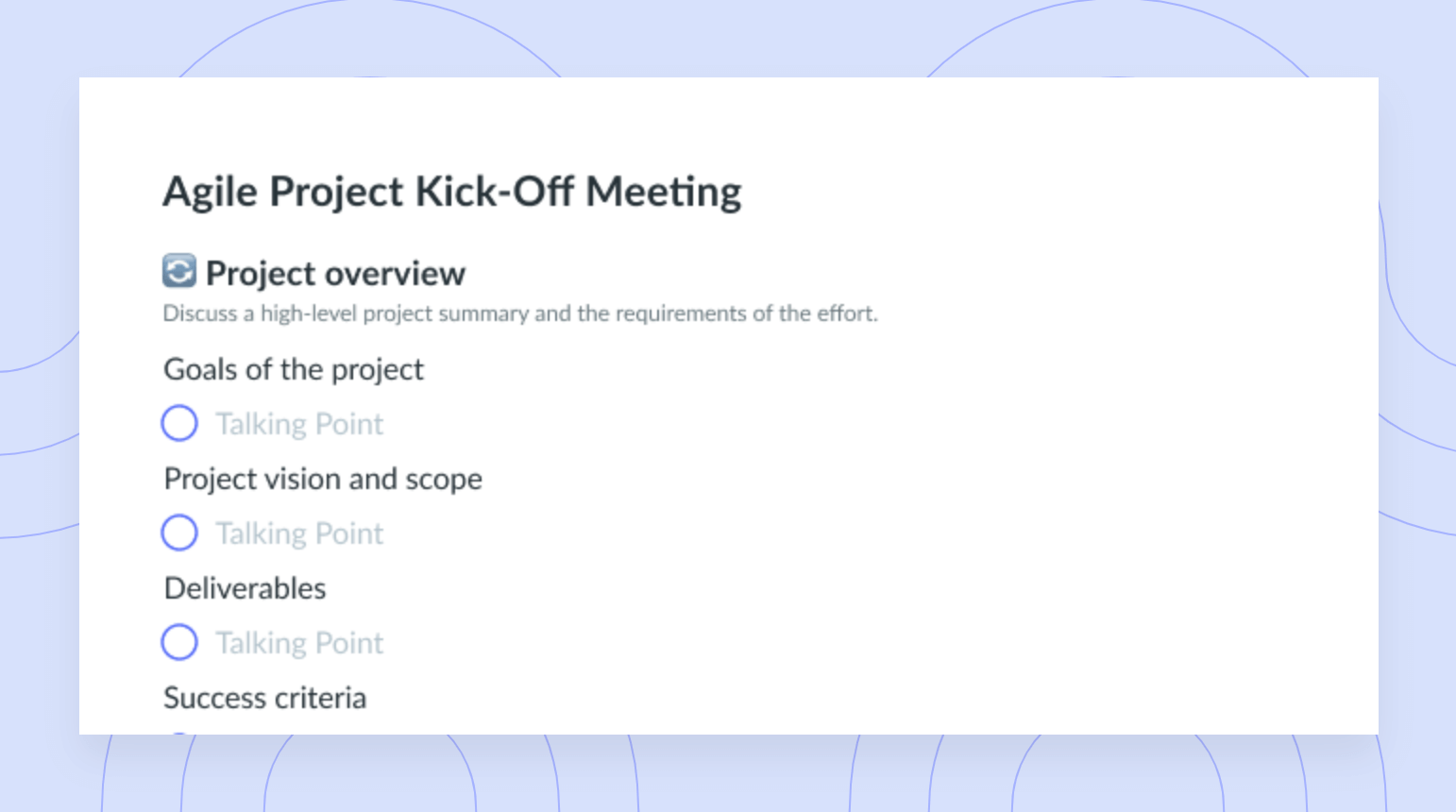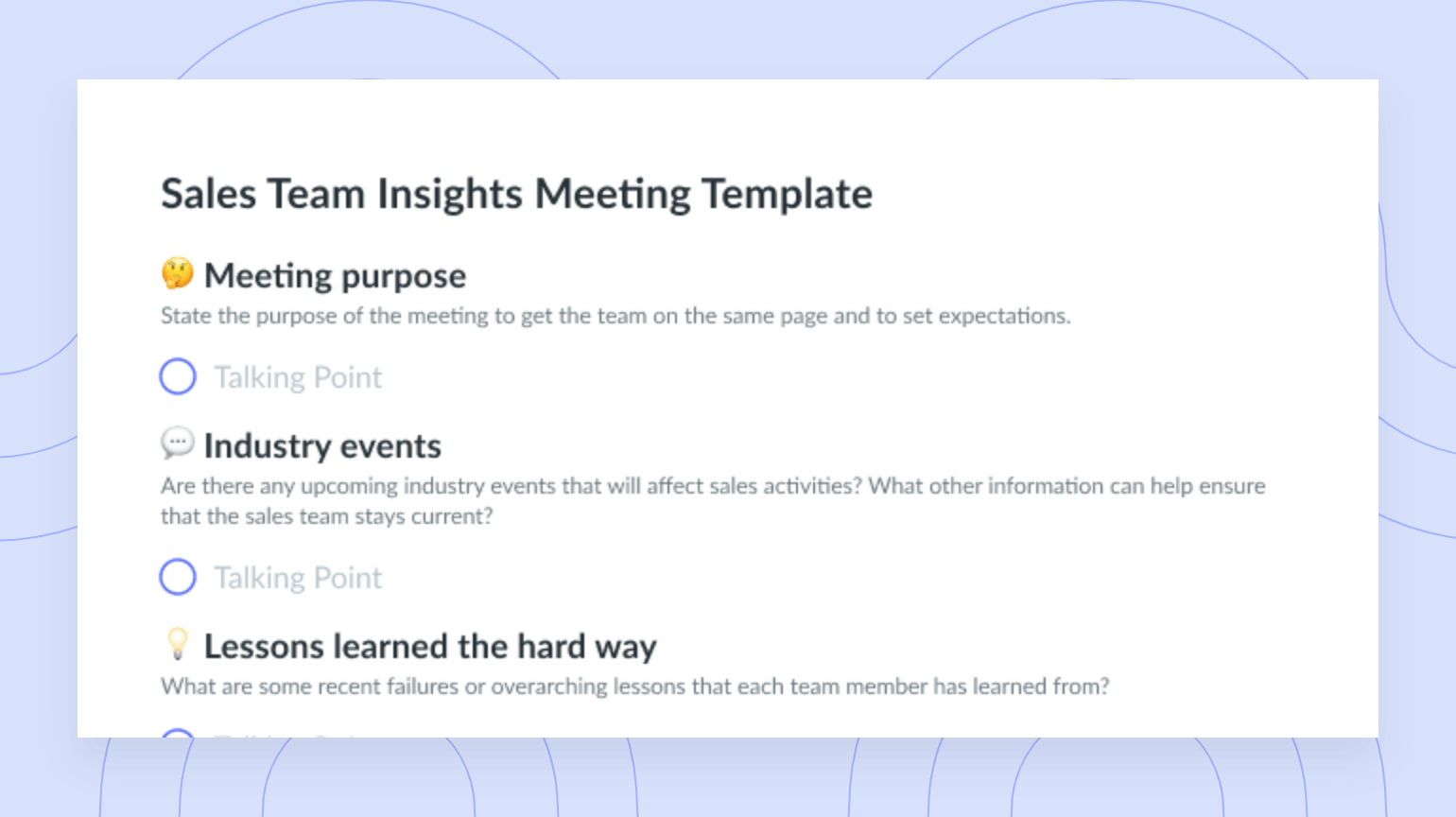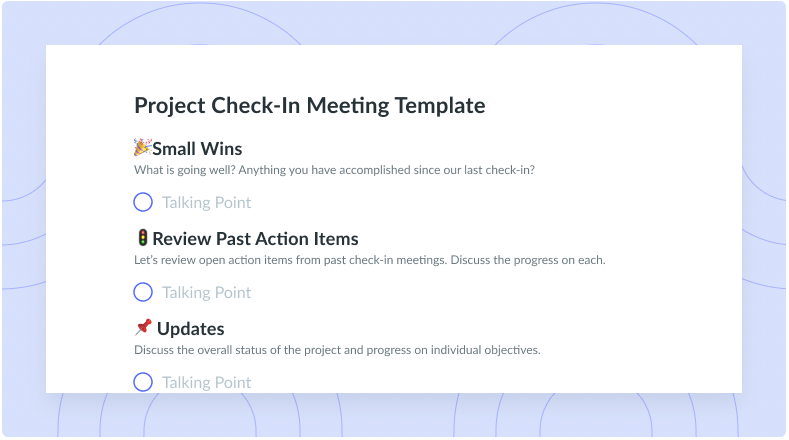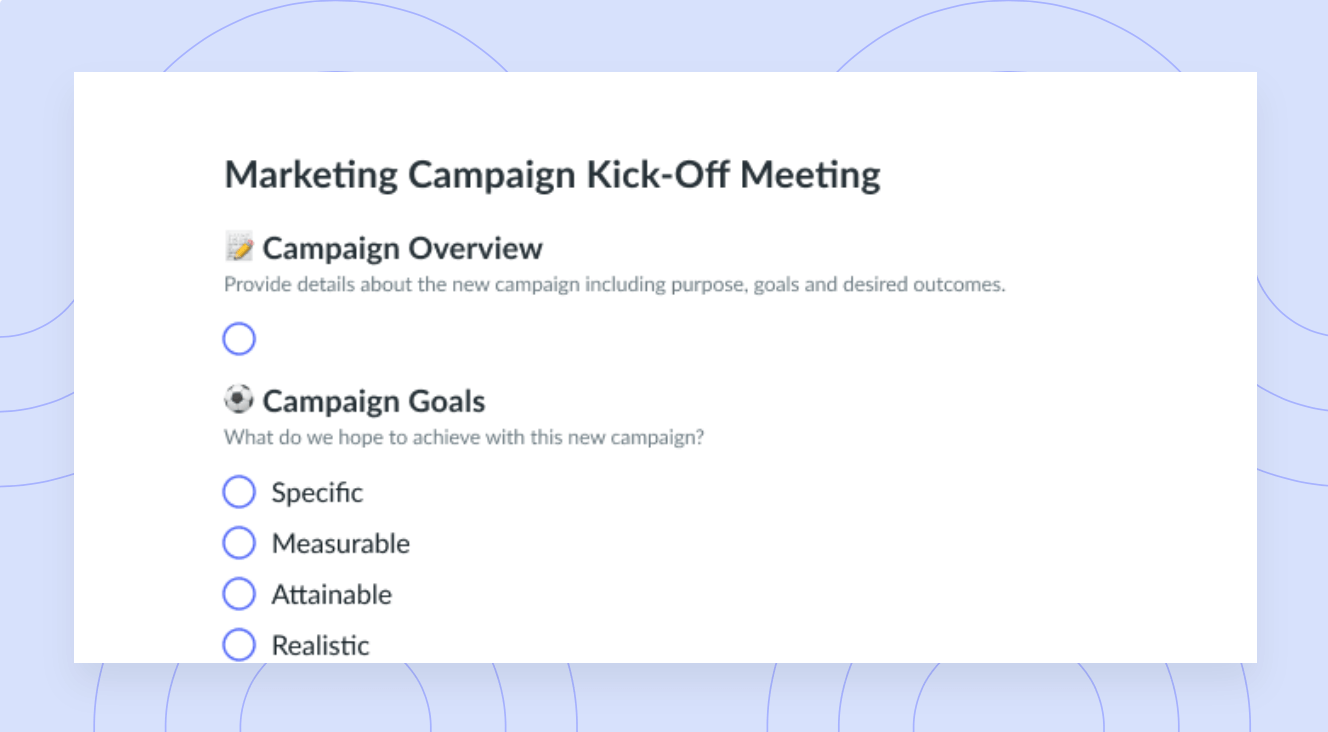Offboarding Meeting: How to Make Transitions Smooth
Conducting offboarding meetings can help a company improve retention. Read on to learn the best practices for an effective offboarding program.
Employees are unlikely to spend their whole careers at a single company, but that doesn’t make parting ways easy – do you really want to say goodbye to someone you like working with? When that beloved team member leaves, don’t take it personally, but do investigate why they’re departing. Whether the employee is leaving on good or poor terms, properly handling their departure is essential.
A disorganized employee exit can leave the team member in question feeling dissatisfied and disrespected, potentially leading to serious consequences for your organization later on. A comprehensive offboarding meeting can ensure a now-exiting employee is heard, and any lessons learned can be used to strengthen your organization. Let’s dive in!
- What is offboarding?
- What is an offboarding meeting?
- Why you need an offboarding process
- Offboarding checklist
- Offboarding meeting template
- 9 questions to ask during the meeting
What is offboarding?
Offboarding is the formal process your organization goes through when an employee leaves. The process remains the same whether the employee has resigned of their own accord or if they’ve been laid off or fired.
You can also view offboarding as an umbrella term that encompasses every task and decision that follows when a worker departs. For example, your HR team might collect the employee’s company property or fill out any necessary paperwork. You might also switch the passwords on certain company accounts to bar the employee from future access. Perhaps most essential to managers, though, is the valuable feedback you’ll obtain just by speaking with the departing employee.
What is an offboarding meeting?
An offboarding meeting (also known as an exit interview) is a meeting between the exiting employee and an HR team member to discuss why they’re leaving. More than a survey of the employee’s motivations, it’s a look at what they think your organization could do better. That means it’s a chance for you to learn and grow – and to make your future employees happier at your organization.
You’ll know you’ve had a successful offboarding meeting if you’ve collected useful first-hand insight from the employee. These insights could concern the company culture, work environment, and organizational leadership. The best managers and leaders use what they learn in these meetings to implement immediate and long-term improvement in these realms.
Offboarding meetings are effective for future planning and an equally important present-tense task: Tactfully handling the employee’s departure. Sounds simple enough, right? Unfortunately, that’s not always the norm. So make your exit interview more than a learning opportunity – take it as a moment to show the employee how much you’ve appreciated their work. More than that, encourage them to keep in touch.

Take note.
Have all your meeting notes organized in one place for easy access and notetaking during the offboarding process with a tool like Fellow.

Why you need an offboarding process
Well-crafted offboarding procedures help to streamline the termination, resignation, and/or retirement process. And that can be tedious! If you can organize the tasks necessary to fully complete an efficient and impactful offboarding process, that can only make the transition easier for everyone involved. After all, departures are inevitable — even the best organizations won’t retain all their employees forever. So why not tie up all possible loose ends in a timely, consistent manner with each departure?
Just as importantly, a stronger transition process can minimize the chances of departing employees leaving on bad terms. That’s not just a tiny little emotional concern (though being kind is always good!). Disgruntled employees can publically share information that damages your organization’s reputation. Plus, a disgruntled ex-worker can present a serious security risk if you don’t change your passwords. Make sure you (amicably) close every door on the employee’s way out.
Offboarding checklist
An effective offboarding program comprises several components. While some of these steps might differ a bit based on your organization’s size and structure, each one is important to work through in full.
- Communicate the change. Personnel changes can take a bit to be reflected in your apps and tools. That’s why you should notify your HR team the moment you’re informed of any departures. This way, whoever handles your payroll software and other accounts can make the appropriate changes in a timely manner.
- Prepare paperwork. Create some templates for letters of termination or resignation, nondisclosure agreements, non-compete agreements, and other concerns related to offboarding. Deliver them to the departing employee via email or a paper folder. Have the employee complete and store the files in the same place they first received them.
- Start a knowledge transfer. When employees leave, they take valuable information with them – that’s why getting new hires up to speed is a common concern. Ask your departing employees to document essential details about their role.
- Recover company assets. A former employee with access to a company ID or credit card may use those privileges after their last day with your company. Make sure to collect all company property from the employee and change any relevant passwords.
- Celebrate their next chapter. Take the time to show the employee that you and the organization appreciated their work. Doing so can help you maintain a smooth, amicable transition that could pay off down the line in ways you can’t predict now.
- Leave the door open for a return. Gone doesn’t have to mean forgotten. Sometimes, employees leaving now will want to come back later. Keep in touch with the employee and store their basic information for easier future rehiring. You never know what might happen.
- Tie up loose ends. Remove the former employee from your invite lists for upcoming meetings or seminars. Check that their desk is entirely cleared out. Automatically redirect their emails and phone calls to someone else. Procedurally, it’ll be like the employee never left (though that might not stop you from missing them).
- Have an offboarding meeting. This can’t be stated enough: An exit interview is as good for you as the employee. It’s just as important as the more formal, procedural parts of ending an employee’s time with you. Don’t overlook it!
Offboarding meeting template
A successful onboarding meeting helps companies refine their workplace culture, job expectations, and team dynamics. But honest discourse about this all can be challenging, especially as an employee is leaving. An exit interview template can help. Use it to structure your offboarding meeting in a way that all but ensures you make the most of the occasion.
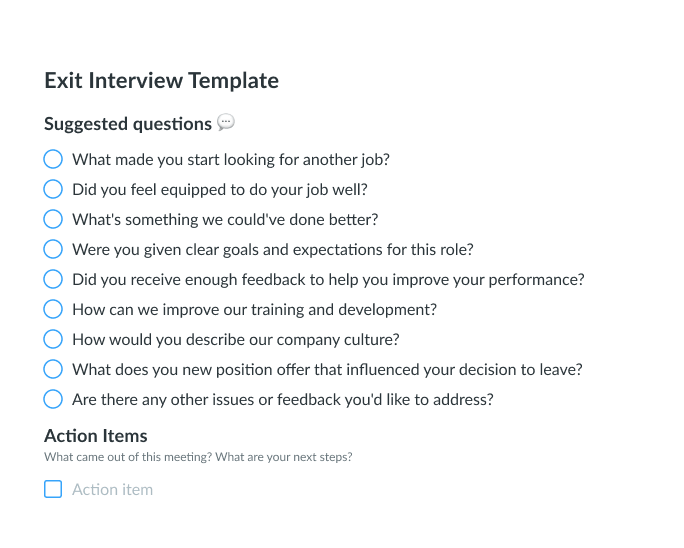
9 questions to ask during the offboarding meeting
An exit interview template is a great starting point for planning your offboarding meeting. But it’s not quite the end! There are certain questions that you should triple-check you’ve included in your offboarding meeting. You can find each of these nine questions listed and explained below.
- Why did you decide to leave?
- Has your knowledge transfer been completed?
- Is there anything we should know?
- How can we improve?
- Did this job live up to your expectations?
- What was the best part of your job?
- What skills should someone have to fill your spot?
- Who do you feel is doing an outstanding job?
- Who isn’t doing their best and could use help?
1 Why did you decide to leave?
Understanding why an employee is leaving sets the stage for gathering valuable feedback and asking meaningful questions. Maybe you’ll hear that the employee is leaving to take more gainful employment elsewhere, a better benefits package, or for personal reasons unrelated to the workplace. Or maybe you’ll learn that the resignation stems from a workplace situation. In that case, the exit interview can be a safe space for the employee to share their concerns.
2 Has all of the knowledge transfer been completed?
Be sure to ask whether all the employee’s knowledge is clearly documented and shareable. Ensuring that you have a list of the leaving employee’s tasks and responsibilities mitigates any productivity lost in their absence.
3 Is there anything we should know when reassigning your responsibilities?
An employee will often have greater insight into their former position than anyone else, even managers and leaders. For example, the employee can probably pinpoint things the company might not think to list in the job description. Ask this question, and you might become familiar with all the stones you’ve previously left unturned.
4 How can we improve?
If the employee is leaving due to workplace issues, chances are that someone else on your team will encounter similar issues in the future. Ask this question to identify and rectify problem areas now – and more easily retain your employees in the future.
5 Did this job live up to your expectations?
Learning about what the departing employee expected and what they didn’t get can help you manage future hires’ expectations. It could also help you determine where you’re miscommunicating the role’s responsibilities so you can revise the job listing to better reflect the reality.
6 What was the best part of your job?
Sure, offboarding meetings can produce plenty of negative feedback, but they don’t have to be all tension and sadness. You should also ask the employee about their positive experiences working for you. When you know what’s best about the work, you can prioritize these aspects as you post openings to the job market. Better yet, you can focus on these aspects with your current team to maximize your retention rates.
7 What skills should someone have to fill your spot?
Employees will have valuable insight into the demands of their position that you might not understand. Perhaps they’ve had to develop certain skills over time to truly excel – skills they couldn’t have predicted going in. Identifying these skills in an exit interview can help companies better represent the role to job seekers.
8 Who do you feel is doing an outstanding job on the team?
An exit interview is an excellent opportunity to learn about a team’s dynamics. Namely, you can give the departing employee ample space to vouch for their coworkers openly and candidly. Take their answers as a starting point for your next round of employee recognition initiatives.
9 Who isn’t doing their best and could use help?
Your team members might work in closer proximity to one another than to you. That’s why they know better than anybody who’s carrying the team – and who’s dropping the ball. Survey the productivity and work quality of the team members your employee names. You might find opportunities for correction – and you never would’ve known about them without your departing employee’s input.
The best way to say goodbye
Even the most enticing company can’t entirely avoid employee exits. A robust offboarding program can help you make the best of what’s rarely a pleasant situation. And when it comes time to run that meeting, Fellow is here to help you with meeting agendas, notetaking, and meeting action items. This way, your employee’s voice is heard, and you know exactly what you need to do to properly wrap up this chapter of their lives.


![Quarterly Planning: Ultimate Guide for 2024 [+Free Template]](https://fellow.app/wp-content/uploads/2023/03/GUIDETO-QUARTERLY-PLANNING2.jpg)


![20 Positive Feedback Examples for Employees [+ FREE templates]](https://fellow.app/wp-content/uploads/2022/04/feedback.jpg)

